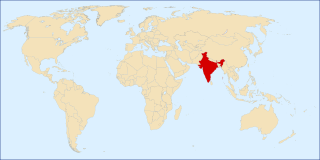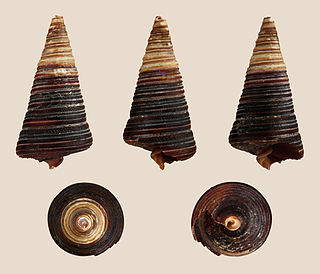 W
WIndia has some of the world's most biodiverse regions. The political boundaries of India encompass a wide range of biomes–desert, high mountains, highlands, tropical and temperate forests, swamplands, plains, grasslands, areas surrounding rivers, as well as island archipelago. It hosts 4 biodiversity hotspots: the Himalayas, the Western Ghats, the Indo-Burma region and the Sundaland. These hotspots have numerous endemic species.
 W
WThe non-marine molluscs of India are a part of the molluscan fauna of India.
 W
WThe wildlife of South Asia encompasses that of India, Pakistan, Nepal, Bhutan, Bangladesh, Sri Lanka and the Maldives.Wildlife of India Wildlife of Pakistan Wildlife of Bhutan Wildlife of Bangladesh Wildlife of Sri Lanka Wildlife of Maldives Wildlife of Afghanistan Wildlife conservation Fauna of India Flora of India List of fish in India Ecoregions of India The study of natural history in India Asiatic Lion Reintroduction Project List of Zoos in India Central Zoo Authority of India (CZA) Zoo Outreach Organisation (ZOO), India is an NGO Wildlife Institute of India (WII) Indian Institute of Forest Management (IIFM) Zoological Survey of India (ZSI) India Nature Watch (INW) spreading the love of nature and wildlife in India through photography Geological Survey of India (GSI) also maintains 2 fossil parks currently. Fossil Parks of India Protected areas of India List of protected areas in India National parks of India Biosphere reserves of India Conservation areas of India Wildlife sanctuaries of India Reserved forests and protected forests of India Conservation reserves and community reserves of India Communal forests of India, including Sacred groves of India Social forestry in India Private protected areas of India Environmental policy of the Government of India Indian Forest Act, 1927 Wildlife Protection Act of 1972 Project Tiger Project Elephant Ministry of Environment and Forests (India)
 W
WAllopseudaxine macrova is a species of monogenean flatworm, which is parasitic on the gills of a marine fish. It belongs to the family Axinidae.
 W
WCigaritis lilacinus, the lilac silverline, is a species of lycaenid or blue butterfly found in Asia.
 W
WThe goa, also known as the Tibetan gazelle, is a species of antelope that inhabits the Tibetan plateau.
 W
WThe brownbanded bamboo shark, Chiloscyllium punctatum, is a bamboo shark in the family Hemiscylliidae found in the Indo-West Pacific from Japan to northern Australia, between latitudes 34° N and 26° S, to depths of 85 metres (279 ft). Its length is up to 1.04 metres (41 in). While adults are overall brownish with faint suggestions of bands, the commonly seen juveniles are distinctly barred dark and pale.
 W
WTelescopium telescopium, or horn snail, is a species of marine gastropod molluscs in the family Potamididae. It is found in mangrove forests throughout the coastlines of the Indian Ocean.
 W
WThe urial is a wild sheep native to the Middle East. It is listed as Vulnerable on the IUCN Red List.
 W
WYpthima striata, the Nilgiri jewel fourring or striated fivering, is a species of Satyrinae butterfly found in south India.
 W
WYpthima watsoni, the looped three-ring, is a species of Satyrinae butterfly.
 W
WThe Zoological Survey of India (ZSI), founded on 1 July 1916 by Government of India Ministry of Environment, Forest and Climate Change, as premier Indian organisation in zoological research and studies to promote the survey, exploration and research of the fauna in the country.